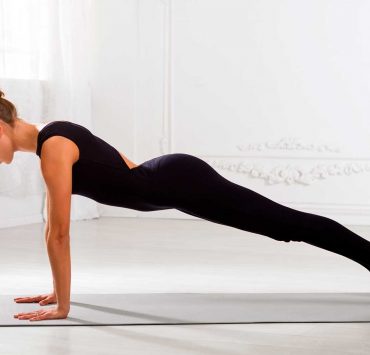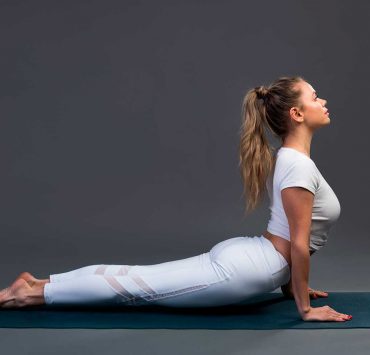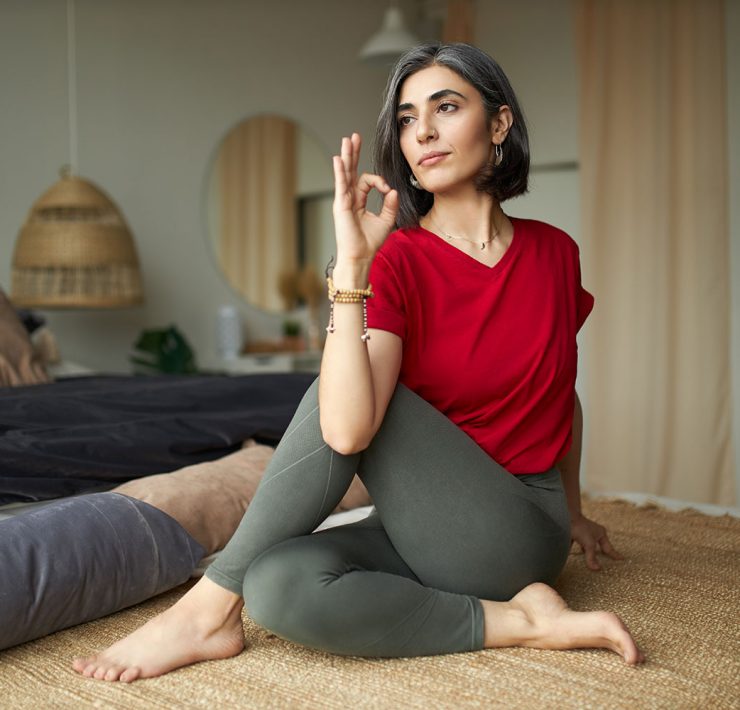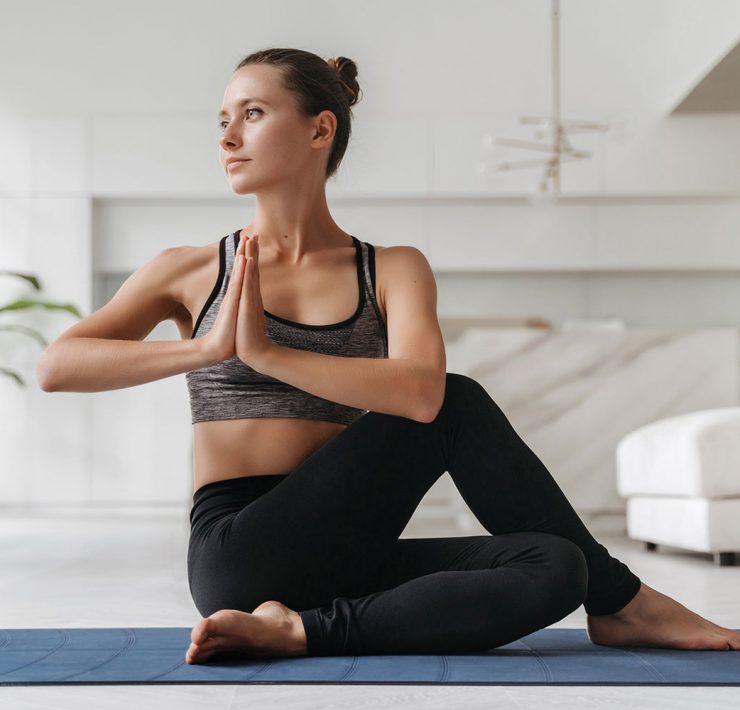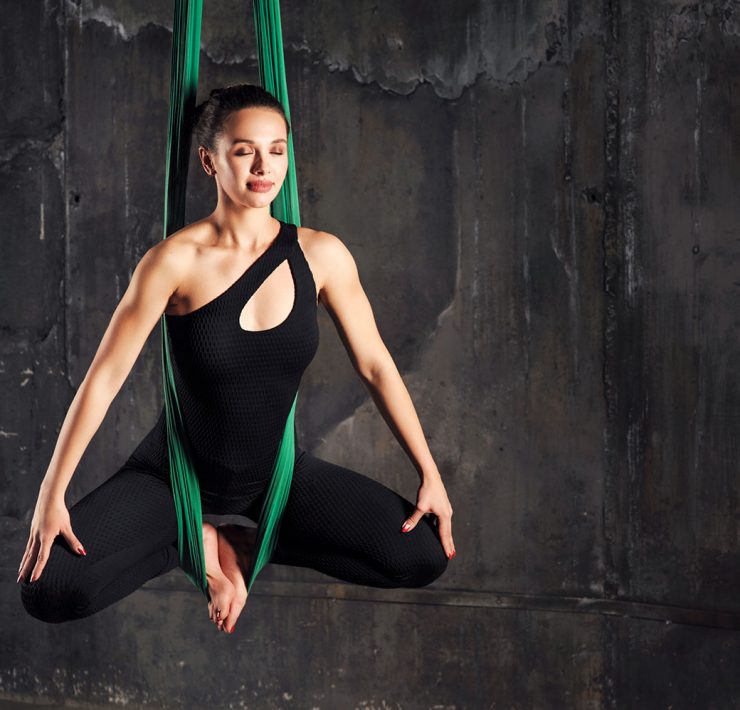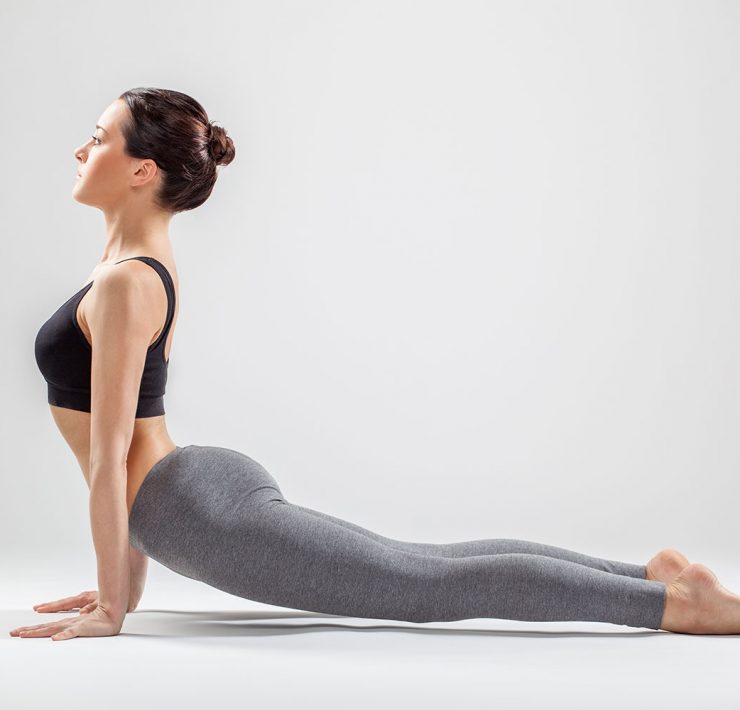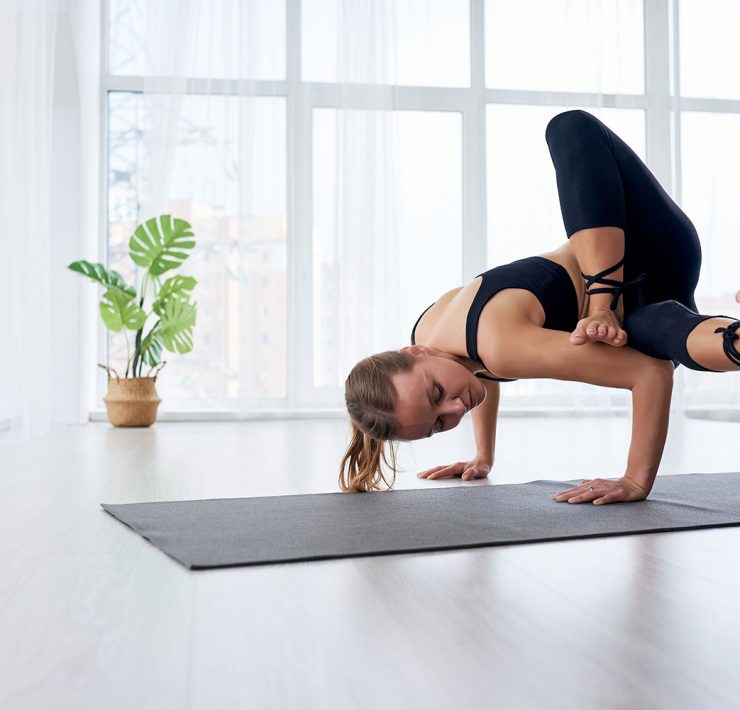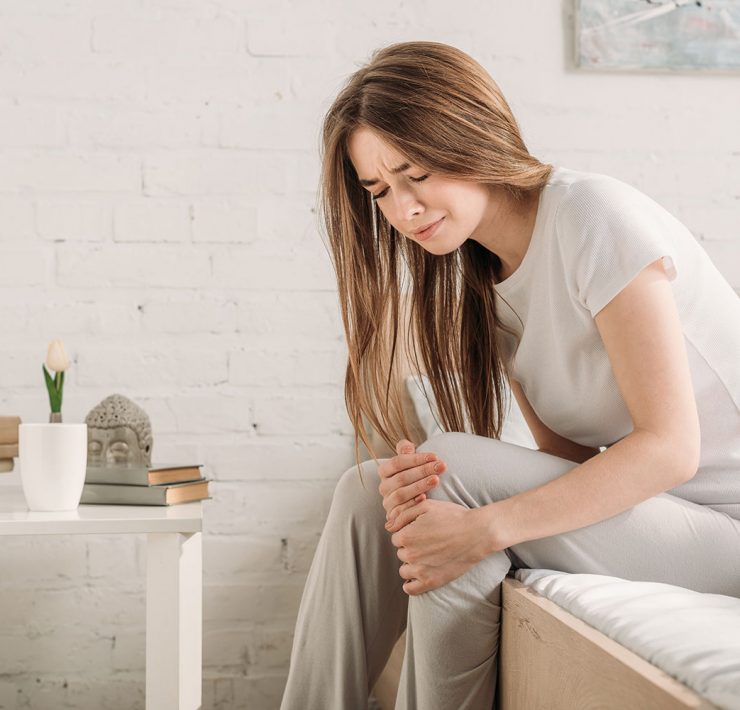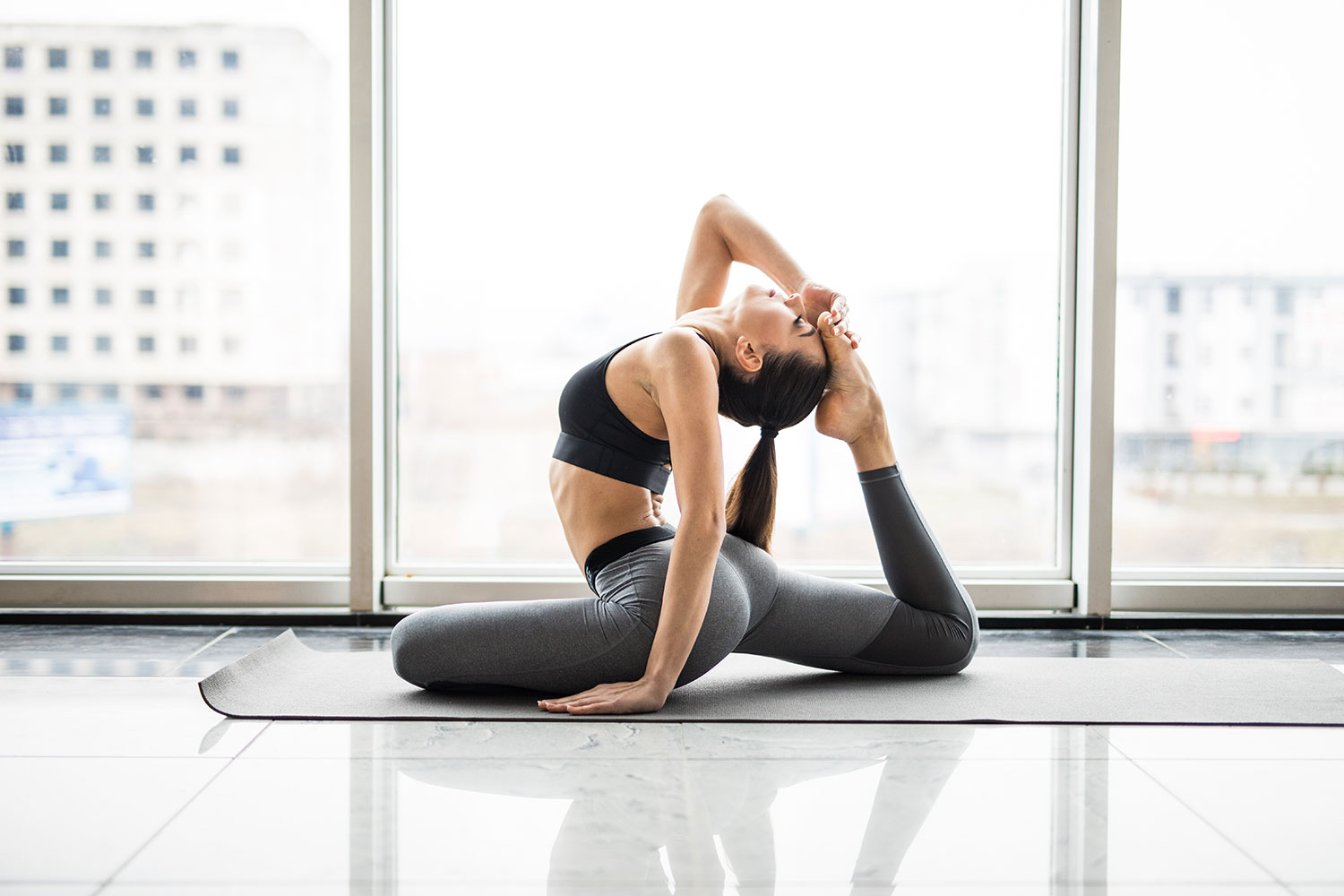
Rose graduated with a degree in Anthropology, which takes her…
In yoga, different poses have different benefits and effects. It is back bends that are said to be the fountain of youth, with the key to this, anatomically speaking, lying in the spine. The spine is very important because not only does it skeletally support and center the body, but it is the protection around the all-important spinal cord. Nerves that reach every extremity and part of the body originate and extend from the spinal cord. So, in yoga language, you are only as young as your spine is flexible. Perhaps one of the most essential back bending poses is known as camel pose, or ustrasana in Sanskrit. This pose is challenging not only physically, but mentally and emotionally as well. It is therefore essential to use proper sequencing to build up to camel pose, and to recover from it.
Benefits of Back Bends

Back bending yoga poses such as camel pose obviously promote flexibility and alignment within the spine. As mentioned, a healthy spine is a foundation of overall health and vitality. There are entire systems of medicine, such as chiropractic, that study and emphasize the importance of an aligned spine for overall health. However, there are less visceral benefits to back bends, too. The number of mental, emotional, and spiritual effects of back bends are countless, and intertwine with one another. Back bends are demanding poses on many levels, but their emotional and physical yields match the challenges they present.
Physical

Yoga cannot change the shape of bones or alter significant skeletal deformities. However, it can both strengthen and increase flexibility in postural muscles that support the skeletal system. Furthermore, backbends open up the front body muscles and reverse the classic ‘tech neck’ or hunched posture, creating more space and reduce pain in the body. Likewise, back bends can correct minor misalignments and even create more space in the interstitial space between vertebrae. This is especially important in regard to vertebral disc health.
Yoga is the fountain of youth. You’re only as young as your spine is flexible. Bob Harper
The spine is made of 33 vertebrae, in the sacral (tailbone), lumbar (lower back), thoracic (mid back), and cervical (neck) regions. Between each vertebra there is an intervertebral disc that cushions the space and helps protect both the vertebral joints and the spinal cord held within. Disc health is extremely important as discs are prone to degenerate over time. Disc degeneration leads to the tell-tale ‘shortening’ of older people, or painful conditions such as slipped, bulging, herniated, or impinged discs. More than any other yoga poses, back bends can prevent slipped discs and promote disc health. For people who already have slipped discs, back bends can help reduce pain by strengthening surrounding muscles to take the load off the vertebrae.
Mental

For each physical benefit of back bends, there is a mental one as well. A simple way back bends can affect people mentally is purely because they are different. People get into habits and routines, and by changing this up by bending the body backward out of its typical alignment, this can create a matching mental shift. Furthermore, if a person is able to reduce back pain through the previously mentioned physical benefits of back bends, they are also likely to experience a clearer and more relaxed frame of mind. In Light on Yoga, an essential text for yogis, B.K.S. Iyengar also claims that back bends carry mental benefits such as alleviating depression.
Spiritual and Emotional

There is both a spiritual and emotional journey to back bends that matches its physical challenge. Back bending can be a scary experience: You cannot see what is behind you or where your body is going, so you have to place a certain extent of blind faith in your own body’s abilities. This is frightening for many people, and may even bring to the surface other securities and trauma they have faced in their lives. More so than any other yoga poses, back bends are known to stir up vulnerabilities and intense emotions. People are often known to cry during back bends as their body processes this experience. However, working through this emotional and spiritual baggage, and overcoming fears associated with back bends, can lead to a wealth of benefits. These can include increased self-confidence, improved mood, improved self-esteem, feelings of security, and so much more. Back bends are often referred to as ‘heart openers,’ and indeed they are physically opening the heart area of the body. However, this also extends to the ‘emotional heart,’ as the yogi must bear open their vulnerabilities and trust in themselves.
Camel Pose

There are three categories of back bending yoga poses: traction, leverage, and contraction. Camel pose fits within the ‘traction’ category because the body is bending backward with the pull of gravity, whilst the yogi uses the front body muscles to actively control how deep into the pose they go.
Camel pose, also known as ustrasana, is an intense back bend and features all the qualities and benefits of back bends that are discussed above. Specifically, camel pose also opens the front body particularly the quadriceps (thigh) muscles, and can improve mood and increase energy levels. It should also be noted that camel pose is an extremely emotionally stirring pose, even more than other back bends. It brings up shadowed emotions, fears, and vulnerabilities, and demands that the yogi confront them. It is not an easy pose, physically or emotionally. The specifics of how to enter camel pose safely are discussed in the sequence below.
Camel Pose Sequence to Improve Backbends
In yoga, proper sequencing is very important, but it is not always discussed. The importance of sequencing is never truer than for back bending poses, which can cause strain on the spine if approached incorrectly. Because back bends such as camel pose require a unique combination of endurance, strength, and flexibility, it is important to practice them later in a sequence so the body can warm up first. For camel pose specifically, the sequence should warm up and engage the psoas, hip flexors, pectorals, and quadriceps. These are all muscles along the front plane of the body, that are both stretched and activated when practicing camel pose.
The following sequence is an example of how to warm up, approach, and recover from camel pose. It can be modified or personalized to fit the individual, their practice, and their mood that day. However, the staples of warming up these major muscle groups should remain a constant when safely practicing camel pose.
Warm up With Sun Salutations

An age-old way to warm up for any yoga sequence is with the sun salutations, or surya namaskaras in Sanskrit. The sun salutations are said to engage every major muscle group, preparing both the yogi’s body and mind for the practice ahead. It is common to practice five sun salutation A’s and five sun salutation B’s before engaging in the main sequence.
Salabhasana — Locust Pose

From chatturanga in sun salutation B, the yogi can lower all the way so their belly is flat on the mat. Here, they can either extend the arms out in front, or clasp them at the small of the back. On an inhale, the yogi lifts both ends of the body for locust pose, or shalabasana in Sanskrit. This pose is considered a contraction back bend because it is going against gravity. It is a shallow back bend that is good to start out with, as it gently promotes spinal flexibility and improves strength in the back and shoulders.
Bhujangasana — Cobra Pose

From locust pose, the yogi can smoothly transition to cobra pose to deepen the back bend. This is done by exhaling and lowering the body to the mat, and placing the hands alongside the mid ribs, with the tops of the feet flat on the floor. From here, the yogi inhales and gradually straightens the arms, pressing the torso up off the floor and into cobra pose, being sure to keep the glutes relaxed. Cobra pose is also known as bhujangasana and is a staple pose in the vinyasa and sun salutation sequences. It is also a prime example of the third category of back bends: leverage. This is because the arms are used to provide leverage for the back and deepen the back bend. In addition to strengthening the postural muscles along the spine, this pose also starts to deepen the stretch in the chest and frontal shoulders.
Dadho Mukha Svanasana — Downward Facing Dog Pose

From cobra pose, the yogi should exhale and tuck the toes, and press the hips up and back into downward facing dog. Downward facing dog, or adho mukha svanasana as it is known in Sanskrit, is not a back bend, but it is a foundational yoga pose that is very useful for strengthening the muscle groups needed for back bends. This pose stretches the hamstrings, calves, and shoulders, whilst also strengthening the arms and legs. From a mental and emotional perspective, downward facing dog is also a very grounding and calming pose. Getting this mental preparation is important when leading up to an emotionally demanding back bend.
Anjaneyasana — Low Lunge Pose

From downward facing dog, the yogi should inhale and extend the right leg back. On an exhale, they bring this foot forward and plant it between the palms. From here, they should shift onto the ball of the back foot and maintain a right angle in the front knee, whilst keeping the back leg straight. Both hands should be planted on the mat on the inside of the front foot. This puts them in a low lunge pose, or anjeneyasana. There are many modifications for low lunges, such as adding a twist with the arms, or lowering the back knee to the mat and lowering to the forearms. The yogi should hold the low lunge for a minimum of 20 breaths, deepening into the pose. This is a very important step in the preparation for camel pose because it is stretching and opening the quadriceps muscles and the hip flexors. The yogi should focus on this muscle group while practicing low lunge. Once the right side is completed, it should be repeated on the left.
Virasana — Hero Pose

From low lunge, the yogi lowers the knees onto the mat and sits back so the bottom is planted on the mat between the heels. From here, they should inhale to create length in the spine. Exhaling, and using the hands to help, they recline the upper body slowly onto the mat. Arms can be placed along the sides, or extended up and overhead, if not being used for support. This is known as reclined hero pose, or supta virasana. Similarly to low lunge, it is an ideal stretch for the quadriceps and hip flexors. The yogi will know from this pose whether they are ready to progress to camel pose. Additionally, reclined hero pose is a valuable pose because of its intensity. As a total front body opener, it is exposing and emotionally demanding. Breathing in reclined hero pose, the yogi can achieve some clarity to their current mental and emotional state, to prepare for their further journey in the next pose.
Ustrasana — Camel Pose

From reclined hero pose, the yogi inhales, and then exhales and slowly uses their hands to help them back up to sitting. It may be useful to take a few grounding breaths here. Then, the yogi sits up on their knees, moving the knees frontal hip’s width apart. The arms are placed comfortably on the tailbone or the tops of the hamstrings, with fingers pointed downwards. The yogi inhales and looks up, opening the heart. On the next exhale, they slowly back bend into camel pose (ustrasana), inching the hands evenly down the backs of the legs. This inhale-lengthening-exhale-deepening cycle will continue as the yogi deepens gradually into the pose. In full posture, the yogi will clasp onto the heels with their hands with the head dropped back. However, many people will stop before this point. Camel pose is a lesson in learning your own physical and emotional edge, and the intersection of these two realms. To release the pose, the yogi exhales and slowly moves the hands back up the legs and to the small of the back, straightening the spine.
There are many modifications and variations for camel pose. One of the most common and recommended is to perform the pose with the front body pressed against a wall. As the yogi back bends, the upper body peels away from the wall, but the front hips and thighs should remain pressed into the wall. Many beginner yogis are tempted the hinge the thighs back, but this reduces the actual back bend action and puts undue stress on the knees and low back. The wall can be used as a physical reminder to keep the thighs vertical. If this is impossible, it is a sign that the yogi needs more quadriceps flexibility before deepening the pose.
Salamba Balanasana — Child’s Pose

After coming out of camel pose, the yogi can exhale and sit back on the heels, and then extend the arms forward on the mat. The head can rest forehead down on the mat, and the eyes close. This posture is known as child’s pose (balasana) and is a very grounding and relaxing pose. It provides a necessary respite from the intense action of camel pose. Additionally, it is a very gentle counter-pose for camel pose as the low back broadens and rests from the back bend. This should be held for a minimum of 20 breaths to let the body recover.
Viparita Karani — Legs Up The Wall Pose

Legs up the wall pose, or viparita karani, is a wonderful pose to practice after camel pose. The yogi should lie flat on their back with their bottom pressed against a wall, and the legs extending up the wall. This pose reverses the flow of lymphatic fluid, and has relaxing and anti-inflammatory properties. It also gives a chance to the spine and in particular the low back to broaden and expand.
Savasana — Corpse Pose

The final pose in any sequence should be corpse pose, or savasana, in which the yogi lies flat on his or her back, with the feet falling open and the palms face up. Here, they soak up the end of the practice and absorb the benefits of all the previous poses.
Risks and Contraindications for Backbends

Back bends like camel pose are clearly a boon to health. However, there are nevertheless associated risks and contraindications for back bends. People with high or low blood pressure should use caution when practicing back bends. Those with a history of migraines and vertigo should also exercise caution. People with neck or back injury should refrain from practicing back bends until they discuss with their physician. Lumbar spine arthritis and active hernias are also contraindications. Finally, women who are pregnant in their first trimester should exercise caution when practicing back bends. Those in the second and third trimesters are often recommended to refrain from practicing back bends because this puts them at an increased risk of diastasis recti, or separation of the abdominal muscles.
Conclusion
Whilst back bends such as camel pose are powerful poses, they should be treated with respect and caution. They should not be rushed into, and should be taught by a trained yoga teacher and a safe and thorough sequence such as the one above. With practice, camel pose can reveal myriad benefits both physically and emotionally.
What's Your Reaction?
Rose graduated with a degree in Anthropology, which takes her understanding of basic human needs to a whole new level. Her intelligence and passion for healthy living is reflected in her written work.






